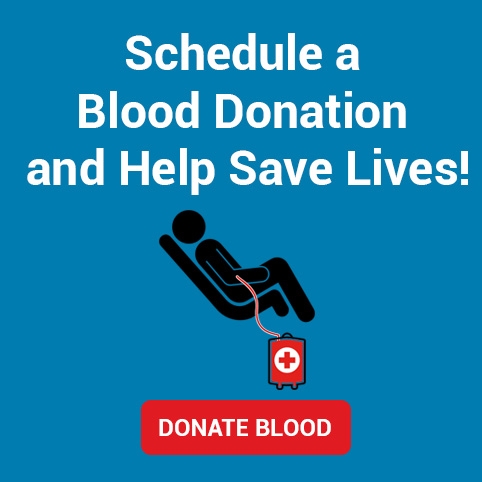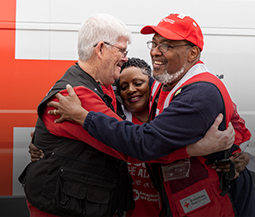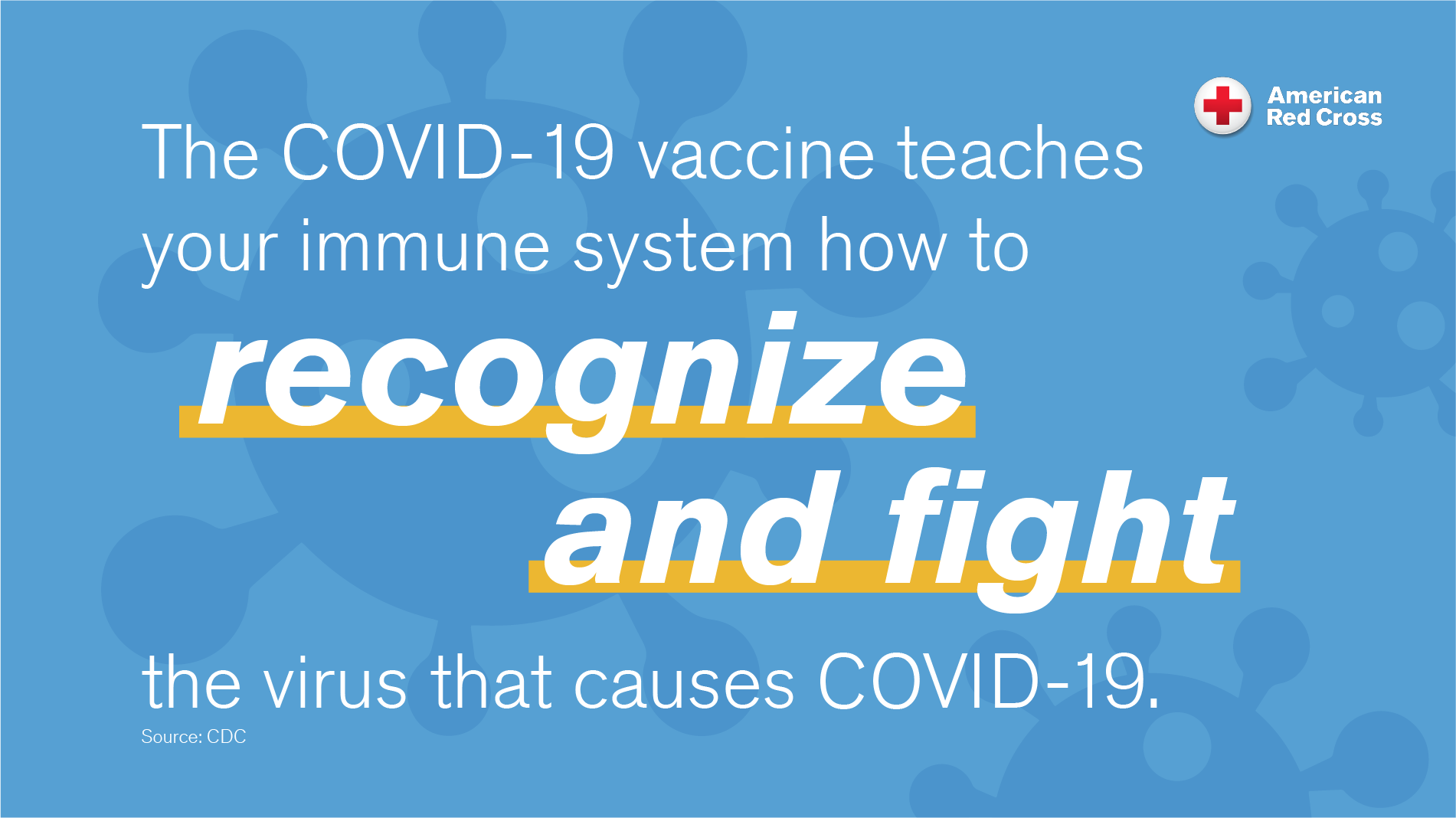COVID-19 is spreading rapidly across the country, more people are getting the flu, and many are coming down with the common cold. Many of the symptoms are similar, so how do you know what you have if you get sick?
For instance, all three illnesses involve coughing, sore throat and a runny or stuffy nose. Other symptoms differ. For instance, diarrhea and nausea may occur if you have influenza or COVID-19, but not if you have a cold.
So how can you find out what illness you have? There are tests available to determine what is making you sick. If you become ill, experts recommend that you call the doctor with your symptoms and begin to quarantine. Also, it is possible to have both influenza and COVID-19 at the same time which could lead to more serious illnesses. A test may be necessary to determine which virus is making you ill.
GET VACCINATED The Centers for Disease Control and Prevention (CDC) reports the best way to reduce your risk of getting either the seasonal flu or COVID-19 is to get both the influenza and coronavirus vaccines.
Other safety measures include:
- If you are sick, stay home and limit contact with others as much as possible.
- Avoid close contact with someone who is sick.
- Wear a mask that covers your nose and mouth when in indoor public places.
- Whenever possible, stay 6 feet apart from people who don’t live with you.
- Avoid crowds and poorly ventilated indoor spaces.
- Consider self-testing before indoor gatherings.
- Cover coughs and sneezes. Cover your nose and mouth with a tissue when you cough or sneeze. Throw the tissue in the trash after you use it.
- Wash your hands often with soap and water. If soap and water are not available, use an alcohol-based hand rub.
- Avoid touching your eyes, nose and mouth. Germs can easily spread this way.
- Clean and disinfect commonly used surfaces and objects.
COVID UPDATE The United States is averaging more than 400,000 new cases a day for the first time since the pandemic began. This is an increase of almost 240% in just the last two weeks. More than 56 million cases have now been reported and more than 826,000 people have died in the U.S. alone.
The CDC recommends everyone ages 5 and older get fully vaccinated against COVID-19 to help protect against the coronavirus. If eligible, people who have been vaccinated should also get their booster dose.












